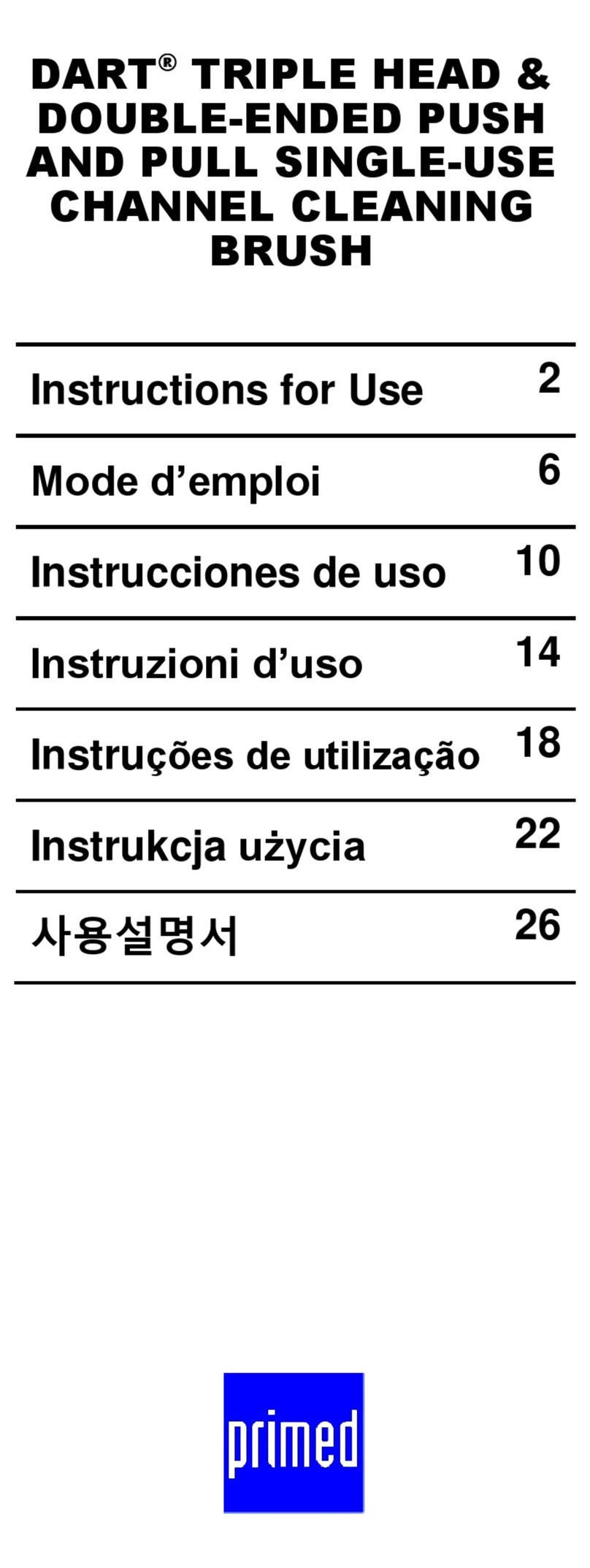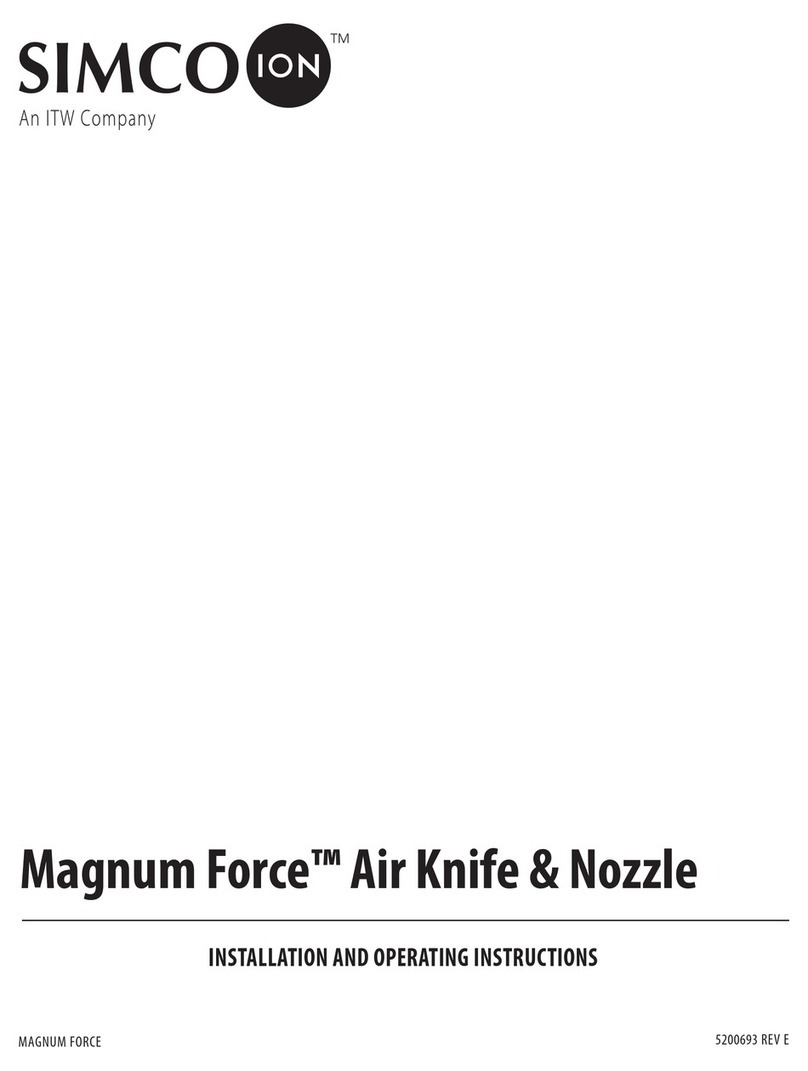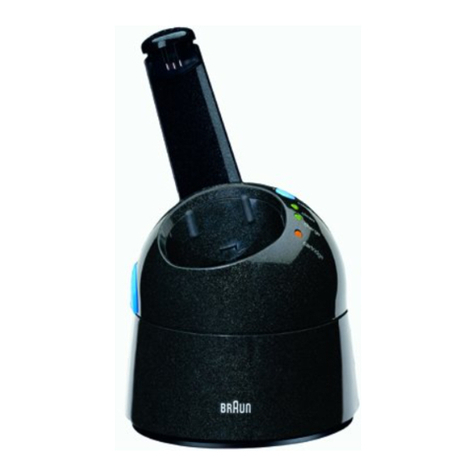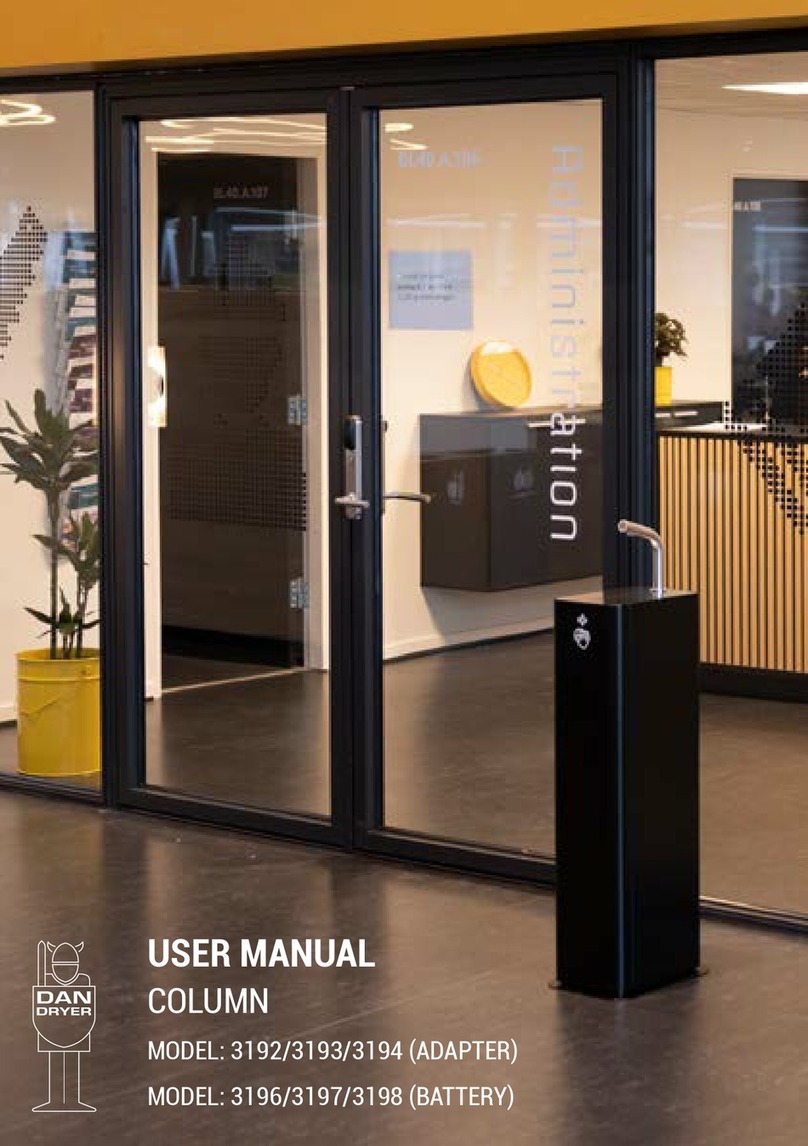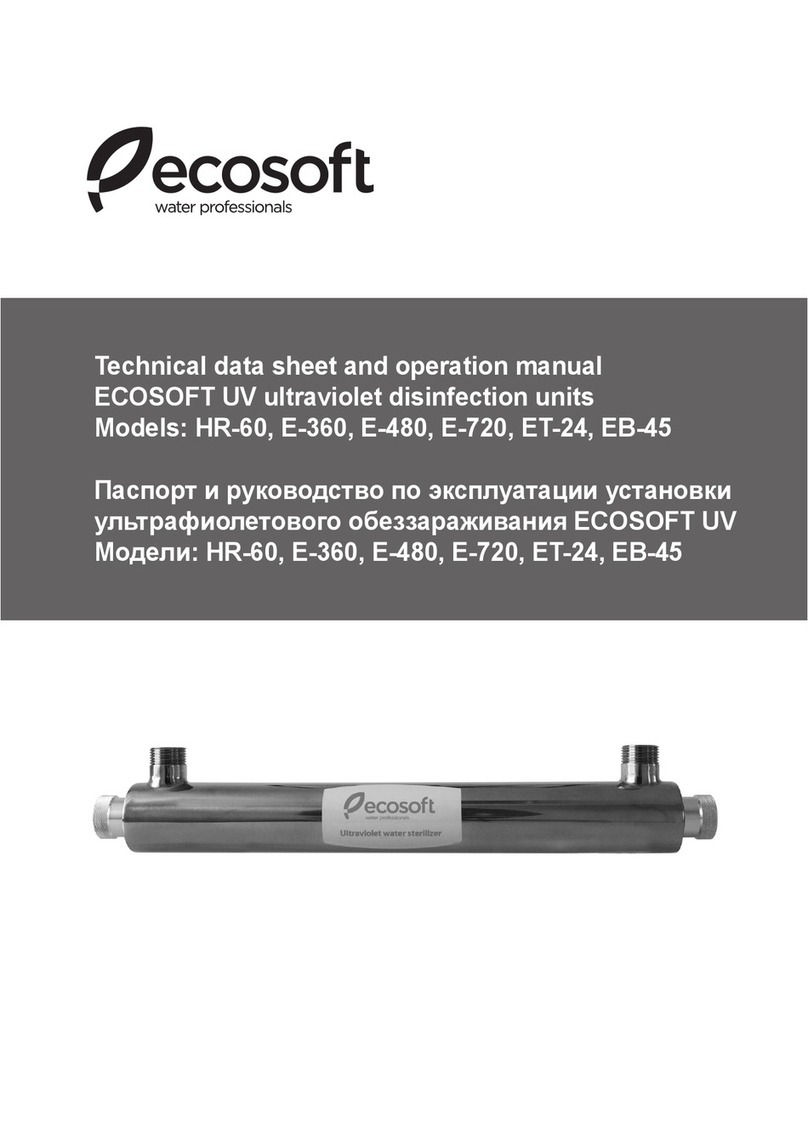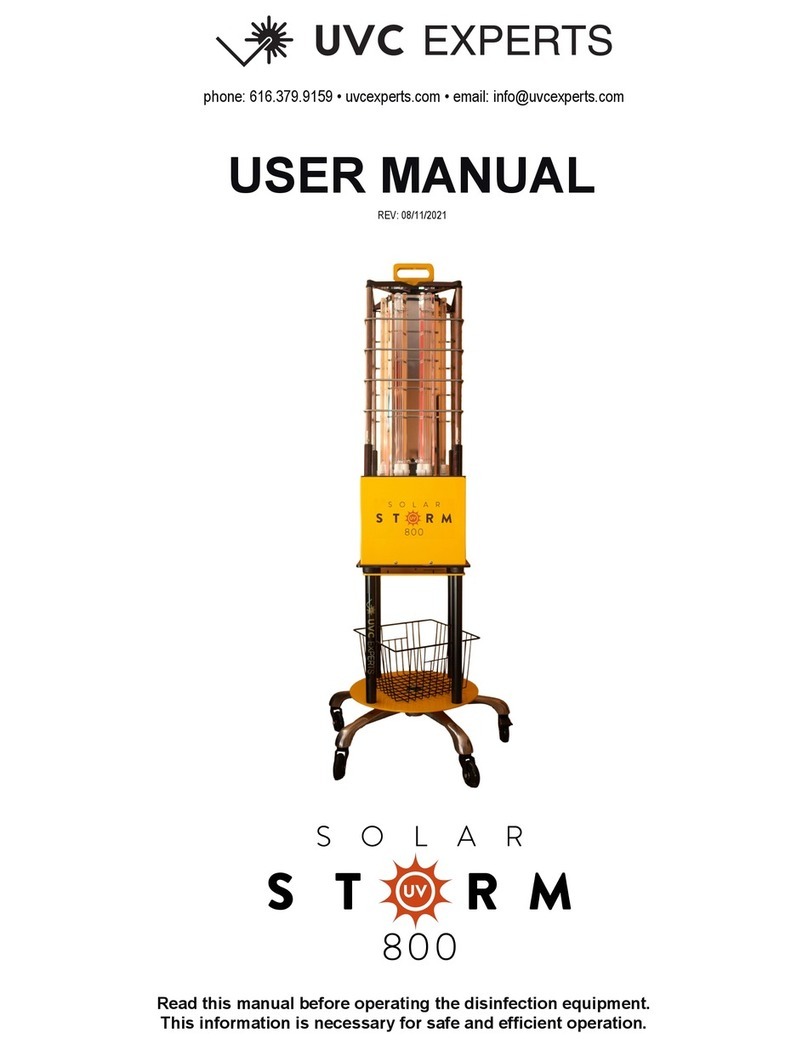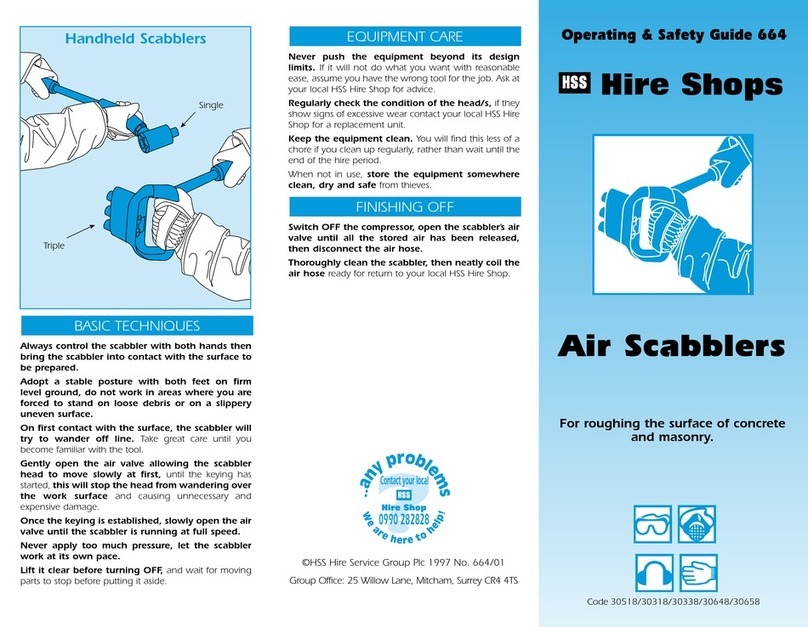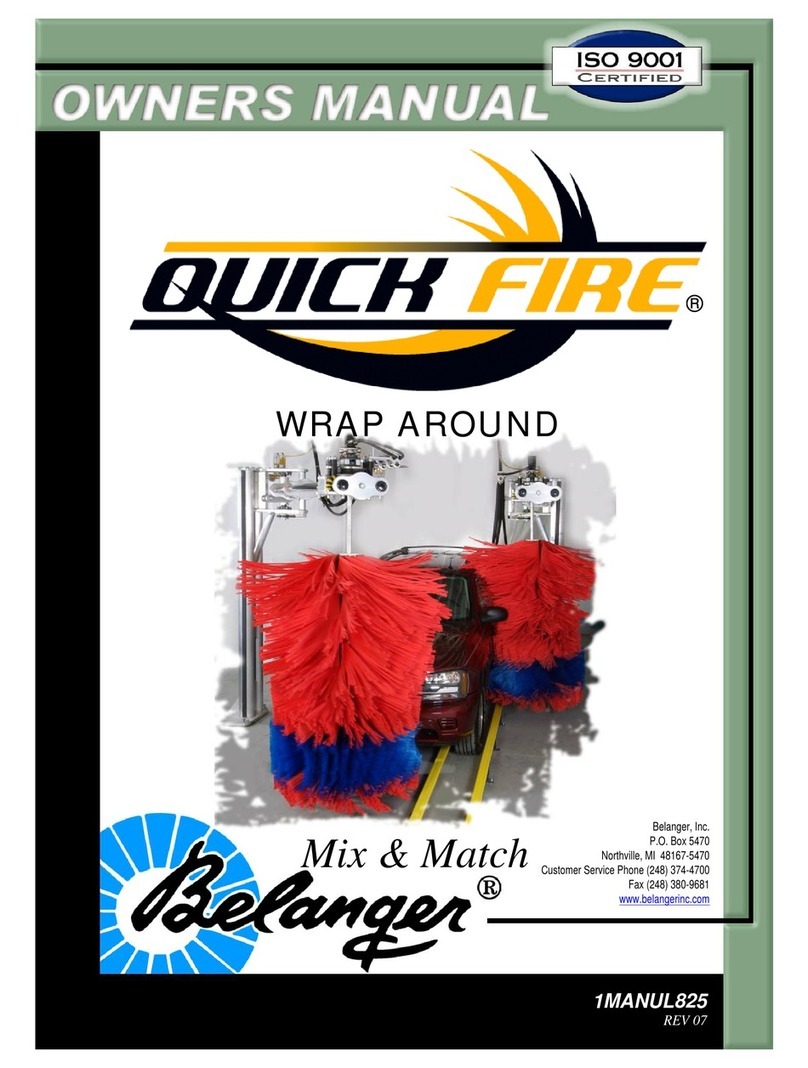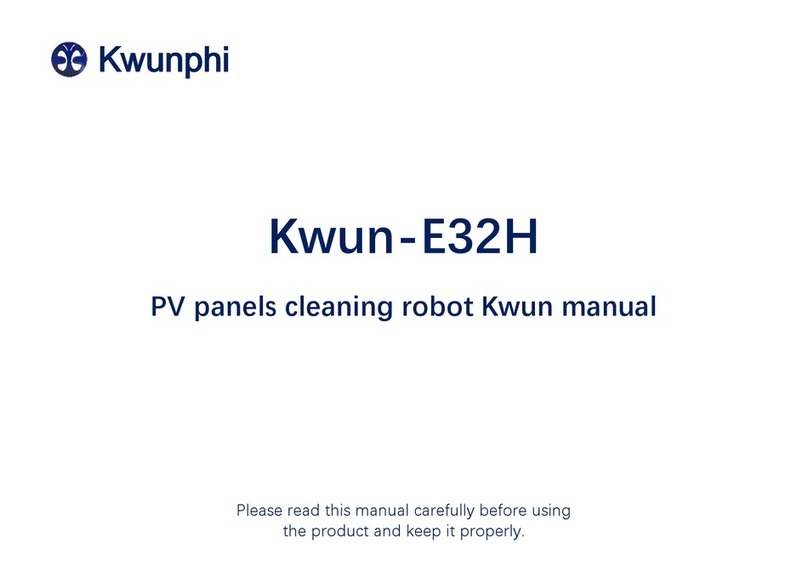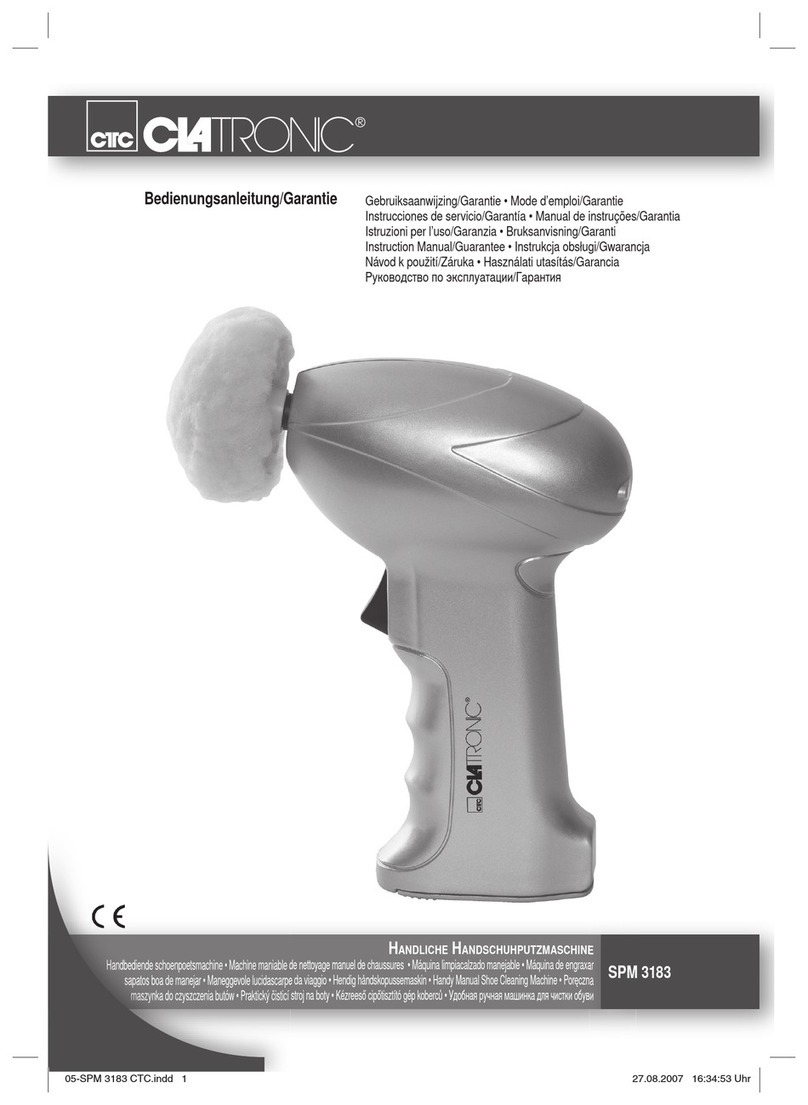PRIMED SuperDART 9292 User manual

SuperDART® is a sophisticated brush with built-in
squeegee wiper and Triple Action capability to allow for
an effective manual cleaning of the channel, ranging from
Ø2.8mm to Ø4.2mm inner diameter, with only one pass-
through of the brush.
Model No. 9292 – Individual Brush
SuperDART® cleaning brush
Model No. 9188 – Cleaning Brush Kit
One (1) SuperDART® cleaning brush & one (1)
Suction Well aka Valve/Control Head Brush
Instructions for Use
2
ONLY
DEVICE DESCRIPTION
Leading
Brush
Squeegee
Section
Fine Tail
Brush
Figure 1A SuperDART® with Squeegee Cleaning brush
Figure 1B Suction Well aka Valve/Control Head Brush
INTENDED USE
These brushes are intended to be used during manual cleaning of a flexible
endoscope. The SuperDART® triple action nylon bristles and squeegee combo
brushes are used to scrub the inside of the Endoscope Channel to loosen and
remove any debris present. The Suction Well brush are used to scrub the inside
of the Channel Port and/or Valve/Control Head to loosen and remove any debris
present. These brushes are for single use only and should be discarded after
cleaning of each endoscope. Do not use these brushes for any purpose other
than their intended use.
SIGNAL SYMBOLS
WARNING
Indicates a potentially hazardous situation, which could
result in death or serious injury.
CAUTION
Indicates a potentially hazardous situation, which may
result in minor or moderate injury.
NOTE
Indicates additional helpful information.
CONTRAINDICATIONS: Do not use brush when
channel’s diameter is smaller than minimum size indicated on the label.
channel’s diameter is greater than brush diameter indicated on label.
channel is known to be occluded or resistance is met during past through.
CAUTIONS
Follow all cleaning instructions of the endoscope’s Original Equipment
Manufacturer. Do not use a specific cleaning brush in a specific channel if use
is not recommended by the endoscope’s Original Equipment Manufacturer.
Do not use Cleaning Brushes for cytological tissue sampling or any other
diagnostic or therapeutic purposes. Patient injury, cross-contamination, and/or
equipment damage may occur.
Follow hospital/clinic’s infection control protocol and take all appropriate
precautions including wearing the appropriate PPE.
Never coil brush into a diameter smaller than 20cm. The brush can be
damaged if coiled too tightly.
Only trained and qualified personnel should be given the responsibility to
reprocess endoscopes.
Do not use cleaning brush with incompatible channel. See brush label for
compatible channel size and length.
When using detergent and disinfection solution, always follow the
manufacturer’s recommendations regarding temperature, soaking time and
concentration.
Never insert the squeegee section of the SuperDART® cleaning brush
first. Otherwise, it will get stuck within the channel and damage the
endoscope.
Do not attempt to insert the brush in any other ways than those specified in
manual provided by endoscope manufacturer. Do not attempt to withdraw the
brush from openings other than those specified in manual provided by
endoscope manufacturer. Doing so may cause brush to become lodged in the
channel.
Never use excessive force when introducing or withdrawing the brush. If a
brush encounters significant resistance or blockage in the endoscope channel,
do not force it through the endoscope. Use of excessive force may damage the
brush and/or the endoscope channel.
2
Always dispose of the cleaning brush after each endoscope is cleaned. The
brush’s functionality and cleaning efficacy cannot be guarantee after one
complete endoscope cleaning.
Do not rotate, twist or torque the brush while it is inside the channel. Doing
so may damage the brush and/or the equipment being cleaned.
Do not use damaged brushes. Always inspect brush for damage before
use. See Figures 2 -7. Damaged brush may not adequately clean the
endoscope channel, which may cause patient infection.
Always use the brush in a wetted scope. Perform cleaning and
disinfection with both the brush and the endoscope completely submerged
in the detergent solution to prevent spattering and avoid damage to
equipment.
Do not put your face too close to the channel opening and do not withdraw
the brush too quickly from the channel. Doing so may cause operator’
infection or irritation from the splashes of patient blood/mucus and detergent
solution.
Withdraw the brush straight from the channel opening. Do not rub brush
shaft, stem or bristle against the channel opening. Doing so may damage
the brush or equipment being cleaned.
Never transfer a contaminated brush between endoscopes; cross-
contamination may occur resulting in patient infection.
WARNINGS
Patient debris and reprocessing chemicals are hazardous. Before
reprocessing endoscope always wear personal protective equipment such
as eyewear, face mask, moisture-resistant clothing, and chemical-resistant
glove that fit properly and are long enough to cover exposed skin.
After using, carefully check that no parts of the brush have fallen off. Any
part of the brush remaining in the channel after cleaning can drop into
patient’s body during a subsequent procedure. Detached part can be
retrieved from inside the endoscope channel by passing a new brush or
other endoscope accessory through the channel.
REUSE WARNINGS
These cleaning brushes are for SINGLE USE ONLY. Do not clean, disinfect
or sterilize the brush prior to use. Do not reprocess, resterilize or reuse the
brush after the first use. Doing so may damage the brush and/or the
equipment being cleaned and/or impair its cleaning ability, which may cause
infection to the patient. Any institution, practitioner or third party, who
reprocesses, refurbishes, remanufactures, resterilizes, and or reuses these
brushes must bear full responsibility for their safety and effectiveness.
STORAGE
Store cleaning brushes in original packaging at room temperature in a dry
clean location away from direct sunlight.
EQUIPMENT REQUIRED
1. Preparation, Inspection and Use: Endoscope & channel cleaning brush.
2. Cleaning: Ultrasonic cleaner, container, enzymatic detergent, high level
disinfectant, cleaning brush, sponge & lint-free cloth.
PREPARATION
1. Before brushing, follow instruction manual provided by the endoscope
manufacturer regarding endoscope preparation, inspection and cleaning.
INSPECTION
1. Read all the Instruction for Use and get acquainted with the device.
Inspect the package and device for shipping or handling damage.
Remove the brush from the package and carefully unwind the shaft. Only
open bag containing the brush immediately before use.
2. Some example of damages to look for are depicted on Figures 2 to 7 and
may include but not limited to, bent or cracked catheter, missing bristles,
brush or squeegee. This inspection is the responsibility of the user. Worn
out bristles are ineffective in cleaning, and damaged brushes may damage
the endoscope. DO NOT USE THESE DEVICES, SAVE THEM AND
CONTACT AUTHORIZED DISTRIBUTOR FOR A RETURN
AUTHORIZATION.
3. If damage is observed, then replace with new brush. Do not repair a
damaged brush. Use of repaired brush may damage the endoscope.
4. Inspect the brush after each use for any detached part as depicted in
Figure 7. If parts are detached or missing, make sure all detached
parts are retrieved and properly discarded (see “DISPOSAL”
instruction).
3

USE – SuperDART® Cleaning Brush (Figure 1A)
Always use the SuperDART® cleaning brush in a wetted scope. Never
insert the squeegee section of the SuperDART® cleaning brush first as it
will get stuck and damage the channel. While the brush and the endoscope
are submerged in an appropriate amount of detergent solution, advance the
leading end of the brush (the end without the squeegee, see Figure 1A & 8)
into the endoscope channel opening until the leading brush head emerges out
the other end of the channel. Use short strokes to avoid kinking. Hold the
leading tip of the brush and pull brush until trailing tail end of the brush clears
the channel exit (see Figure 9 to 11). With the brush still submerged in the
detergent solution, inspect and scrub off all debris present on the bristles.
Perform additional passes through the channel as needed or until no more
visible debris are present upon inspection of brush. Repeat the above steps for
the other compatible size suction or instrument channel. If cleaning the valve
stem or biopsy valve, always use the leading end brush only and scrub off all
debris present on the bristle after each cleaning.
USE – Suction Well / Port Brush (Figure 1B)
While the brush and the endoscope are submerged in cleaning solution, insert
brush into the suction well (aka valve/control head) or channel port until
resistance is felt. See Figure 12. Rotate the inserted brush one full revolution
and pull the brush out of the well. With the brush still submerged, scrub off all
debris on the bristles. Repeat cleaning until no debris is observed upon
inspection of the brush.
Squeegee
Section
Start with leading tip of
SuperDART® brush
Figure 8 Direction of use
2.0 cm
4
Figure 9 Cleaning suction and instrument channels
Hold leading tip and pull until squeegee
section and tail brush exit channel
Figure 10 Cleaning instrument channel
Hold leading tip and pull until squeegee
section and tail brush exit channel
Hold leading tip and pull until squeegee
section and tail brush exit channel
Figure 11 Cleaning suction channel
Suction Well
Channel Port
Figure 12 Cleaning suction well and channel ports
5
PRODUCT DISPOSAL
Used cleaning brush may be a potential biohazard. Handle and
dispose of in accordance with the hospital/clinic’s protocol and
applicable regulations.
SYMBOLS MEANING
CE Mark. Quantity of Units in Case.
U Product Number. Quantity of Units in Dispenser.
This Product is not made with LATEX.
This Product is not made with PHTHALATE.
Indicates Caution: Federal Law (USA) restricts this device to
sale by or on the order of a physician.
Visit us online at www.primedENDO.com for full list of symbol
glossary including those in compliance with ISO 15223-1 standard.
NOTE: Contact PriMed Instruments if you have any questions or
comments regarding the content of this document.
If two years has elapsed between the issued date for these instructions and
product use, the user should contact Primed Instruments to determine if
additional information is available.
SuperDART is a registered trademark of PriMed Instruments Inc.
ONLY
ADVENA LIMITED
Tower Business Centre
2nd Flr., Tower Street
Swatar, BKR 4013
Malta
Instructions for Use
W-7.5.3-W15 – SuperDART IFU
Revised & Approved & Effective /
2022-06-27
© 2022 PriMed Instruments Inc.
PRIMED INSTRUMENTS INC.
1080 Tristar Drive, Unit 14
Mississauga, Ontario, L5T 1P1
Canada
PHONE: 905-565-0565
FAX: 905-565-0566
www.primedENDO.com
This manual suits for next models
1
Other PRIMED Cleaning Equipment manuals
